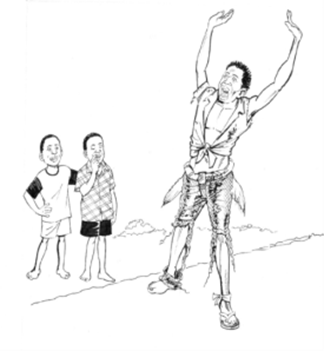Bipolar disorder is a complex illness which can vary a great deal in nature and severity between people.
In addition to the general psychiatric assessment and mental state examination outlined earlier in the guide, look for the following features if you suspect Bipolar disorder:
Mania and hypomania
In an acute manic or hypomanic episode, the person will experience several of the following symptoms, lasting for at least one week, and severely enough to interfere with their work or home life.
- Elevated or irritable mood
- Decreased need for sleep
- Increased activity and energy, increased or rapid speech
- Loss of normal social inhibitions such as sexual indiscretion
- Impulsive or reckless behaviours such as excessive spending, making important decisions without planning
- Being easily distracted
- Unrealistically inflated self-esteem
Mania is at the one extreme end. Some people with mania develop psychosis. These beliefs will match the mood of the person e.g. that they have superhuman powers. 'Hypomania’ is a milder form of mania and there are no symptoms of psychosis.
Depression
Symptoms are the same as for depression (see section). See the separate section on depression assessment.

